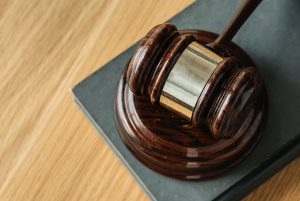 In this patent infringement action, the plaintiff, Whirlpool Properties (“Whirlpool”) noticed several depositions of third-party witnesses near the discovery cut-off. The defendant, Filters Fast, moved for an order to stop the depositions.
In this patent infringement action, the plaintiff, Whirlpool Properties (“Whirlpool”) noticed several depositions of third-party witnesses near the discovery cut-off. The defendant, Filters Fast, moved for an order to stop the depositions.
As explained by the district court, “[t]he crux of the pending motion is that the Whirlpool Plaintiffs emailed Defendant on November 28, 2018, the dispositive motions deadline, attaching two third-party deposition subpoenas that noticed depositions for December 6 in Windsor, Va. and December 7 in Simpsonville, S.C. Defendant contends that Plaintiffs had never identified these potential witnesses, nor even disclosed the possibility of deposing them. Moreover, Defendant notes that these newly noticed depositions overlapped with already scheduled depositions of Whirlpool witnesses to be held in Chicago, Il. on December 5, 7, and 11. According to Defendant, Whirlpool Plaintiffs then emailed a notice on December 2, regarding a third third-party witness it intended to depose in Texas on December 11 or 12.”
In opposition, Whirlpool asserted that witnesses in question “were disclosed within three days of confirming them for depositions.” Whirlpool argued that the notice of depositions in dispute here was “reasonable under the circumstances.” ((citing Fed.R.Civ.P. 30(b)(1)). Whirlpool further argued that the third-party depositions could have been conducted by the parties’ stipulated extension of the discovery deadline – December 12, 2018. Whirlpool also contended that the depositions address non-complicated issues that would require minimal preparation.
 Patent Lawyer Blog
Patent Lawyer Blog

